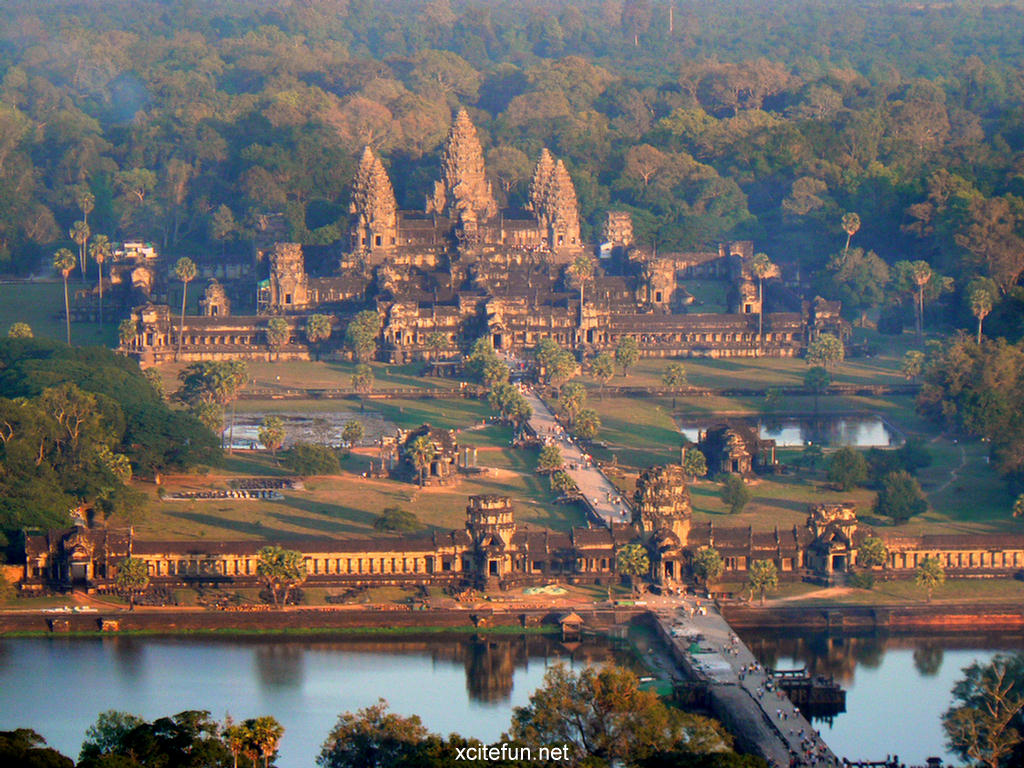Since the beginning of Ayurveda till today medicine in India has gone through numerous changes. The term Ayurveda was given to the ancient Indian system of medical education literally meaning the knowledge of life. Although origin of Ayurveda is uncertain, it is considered to be a branch of vedas.
The evolution of medical sciences in ancient India has been difficult to follow accurately. The two monumental treatises Charaka samhita and Sushruta samhitaa written by Charaka (Physician) and Shushruta (Surgeon) respectively are considered to be the two basic treatises considered to this date for practitioners of Ayurvedic medicine in India. In ancient India medical education was institutionalized. The two well known centers for medical education in ancient India were the residential universities of Takshashila and Nalanda. Both these universities offered a well organized institutional type of training to its students intermingled with Gurukula system with a Guru taking under him a fixed number of students.
In medieval times, it is difficult to understand how a system of medicine which had reached great heights in the surgical as well as medical side, in the course of centuries faded away. Not to despair we still have doctor s studying and practicing Ayurveda in India and abroad. The British rule in India marked the advent of Western medicine into India. During their rule, the British passed various acts for the improvement of public health in the country. Even after India got its Independence, the western system of medicine which had gained world wide acceptance by then got more support from the Governments that got formed.
Today Bachelor of Medicine, Bachelor of Surgery or in Latin Medicinae Baccalaureus, Baccalaureus Chirurgiae (MBBS) is awarded as a first professional degree upon graduation from medical school in medicine and surgery by universities across the world that follow the tradition of United Kingdom(UK).
Recently getting into medical schools has been a challenge to most of the aspirants in India. The tough competition in the entrance tests, huge amount of fees, arduous and long course, low initial salaries have resulted in a drastic reduction of aspirants who are willing to choose a course in medicine. The lucrative salaries offered to Engineers in India and abroad which have got the benefits of less fees, comparatively shorter duration of the course, high initial salaries, job offers before graduation make students mesmerized to opt for Engineering courses unless for a some really interested aspirants.
It is no doubt that with so much of trouble that the doctors would have taken for their current position they charge for services according to their whims and fancies. I heard from a friend of mine who has done his MBBS, that in US and UK doctors spend a fixed amount of time for treating patients and plan the remaining amount of time for research and evolving themselves for new approaches in medicine[strict formal process es are laid by the authorities]. In contrast, in India most of the doctors spend their time treating patients without properly engaging themselves in research. I also heard from my friend that, a doctor who does not participate in research and seminar for certain duration will be derecognized. As to this, we should now understand how many of the doctors around us are recognized! We also lack a proper central system to manage health records of patients which might save precious time of doctors by avoiding unnecessary dialogues with patients about the history of the disease and related details.
I always wonder, in spite of having the second largest population in the world, sanity conditions being below par causing illness to most of the population, India has not been a favorite in medicine learning. There is a lot of disparity among the disciplines of Engineering, Medicine and Basic sciences. I always compare them to Cricket and other forms of sports played today in India.
As we are beginning to step into the 21st century, we should tactically solve this problem of disparity and provide a more reasonable and justified solution which offers equal opportunities to all sections of society to pursue education based on healthy competition rather than on mundane things like end result(payment), course fees, status etc. Although i may sound superficial without any such thought, our contribution to the field of medicine may fade away and our medical processes might become more diluted.



